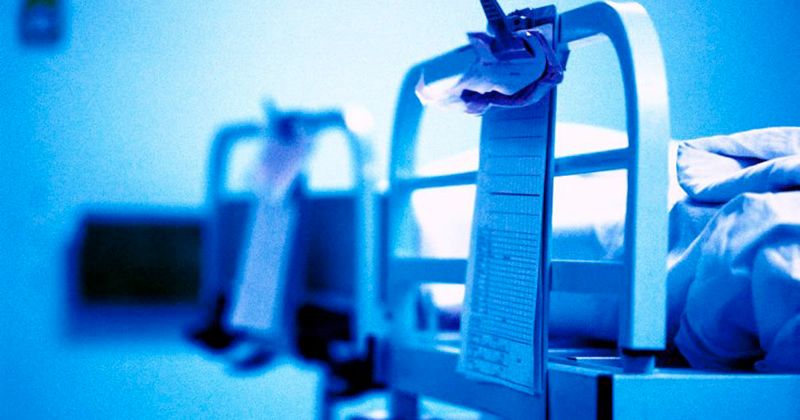US study finds some increase in resistant infections during pandemic
Click Here to Manage Email Alerts
LISBON, Portugal — An analysis of antimicrobial resistance at more than 270 U.S. hospitals found some increase during the first 20 months of the COVID-19 pandemic compared with the prior 8 months.
The research was conducted by Becton, Dickinson and Company, Merck and Pfizer. It was presented at the European Congress of Clinical Microbiology and Infectious Diseases.

“It is particularly worrying that antibiotic resistance has been rising during the pandemic in both SARS-CoV-2-positive and SARS-CoV-2-negative patients,” Merck’s Karri A. Bauer, PharmD, said in a news release announcing the findings. “Hospital-acquired infections are a major concern, with antimicrobial resistance rates significantly higher during the pandemic than before,”
In 2019, more than 1.2 million people in the U.S. died from an antimicrobial-resistant infection. Bauer and colleagues conducted a multicenter, retrospective cohort analysis of hospitalized adults in 271 American hospitals to further examine antimicrobial-resistant infections.
The study included patients who were hospitalized for at least 1 day and were tested for antimicrobial resistance at admission. The researchers categorized patients into two groups — those hospitalized from July 1, 2019, through Feb. 29, 2020, and those hospitalized during the pandemic from March 1, 2020, through Oct. 30, 2021.
There were nearly 1.8 million hospital admissions in the pre-pandemic period compared with more than 3.7 million during it. The antimicrobial resistance (AMR) rate during the pre-pandemic period was 3.54 per 1,000 admissions compared with 3.47 per 1,000 during the pandemic.
Patients who tested positive for COVID-19 had an AMR rate of 4.92 per 1,000 compared with 4.11 per 1,000 among who tested negative, and 2.57 per 1,000 who did not test at all. The community-onset AMR rate before the pandemic was 2.76 per 1,000 compared with 2.61 during the pandemic.
The rates for hospital-associated AMR infections were 0.77 per 1,000 admissions before the pandemic and 0.86 per 1,000 during the pandemic, with the highest rate recorded among those who tested positive for COVID-19 (2.18 per 1,000).
“These new data highlight the importance of closely monitoring the impact of COVID-19 on antimicrobial resistance rates,” Bauer said.


